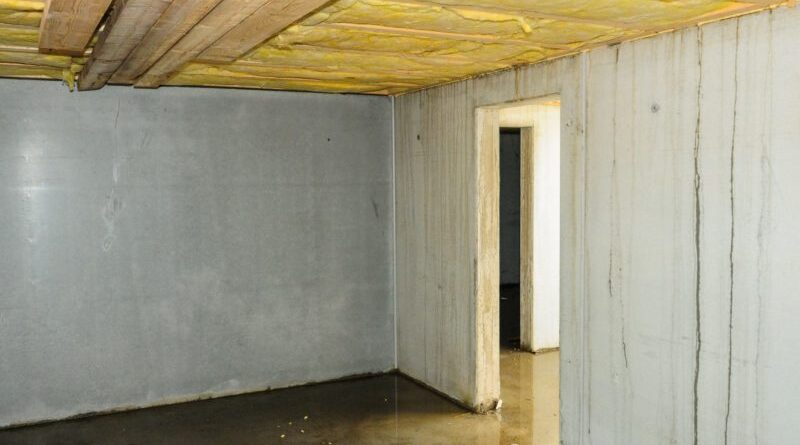A basement gives your home an extra living and storage space. It does, however, raise the risk of getting damp by attracting excess moisture. Damp has the potential to produce mould and germs, especially if the underlying problem is not addressed quickly. You need to keep on top with your household maintenance and remember to check your basement tanking to keep it dry, clean, and damp-free.
London homes are more susceptible to damp problems, with several concerns beginning in poorly kept basements. If the damp isn’t treated, it can quickly spread throughout the rest of the house.
When it comes to water problems in the basement, rain isn’t the sole culprit. While rainwater and snowmelt are significant causes of flooding, there are also issues like subsurface seepage, humidity, condensation, improper ventilation, or a leaking pipe.
Here Live Enhanced explore some ways to prevent dampness before it starts and to keep your basement dry year-round:
Waterproof Your Basement Walls and Floors
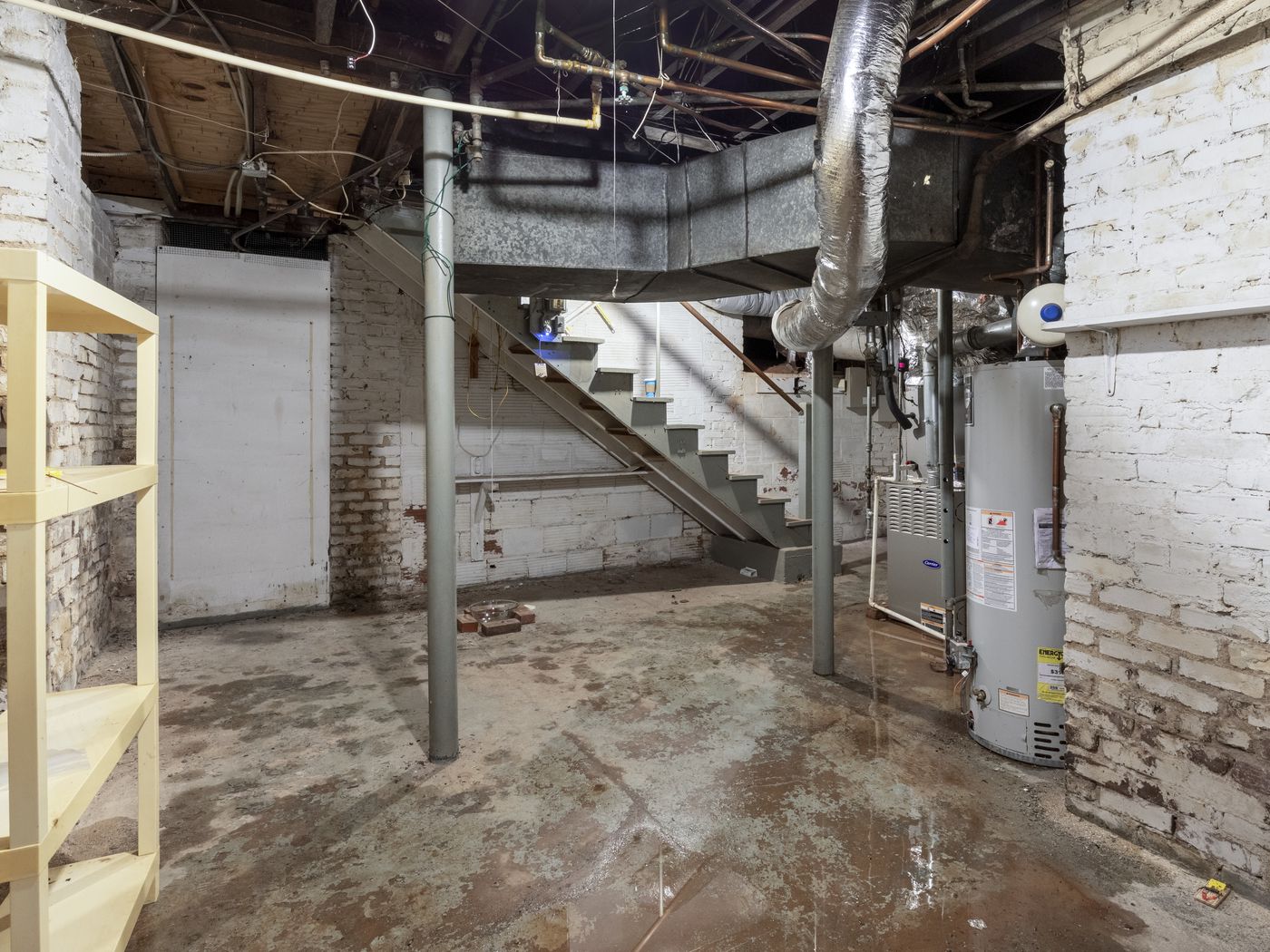
source: pinterest.com
First and foremost, if you plan to use your basement as a furnished living space, you should take steps to waterproof the walls and floors. To prevent water from leaking through concrete walls and floors, use a waterproof sealer. You can prevent the formation of condensation on walls by covering them with a thick coat of water-resistant paint.
If you notice cracks in the basement floor, it could signify a significant structural issue. The majority of these fissures, however, do not necessitate foundation repair. Besides, if the cracks are letting out, you need expert help since the foundation may be cracked. The cracks will let the water enter the basement. You can prevent this by applying the waterproof sealant to the cracked surface.
Ensure Downspouts and Gutters are Properly Functional
Another crucial safeguard is ensuring that your downspouts and gutters function correctly as a drainage system. Rainwater should be collected and channelled away from your home’s foundation. As often as possible, keep your downspouts and gutters clean and debris-free.
Properly functional downspouts and gutters keep all of the rain and melting snow from spilling over the edge of your roof and down to the foundation. If the slope of the terrain isn’t doing its job, downspout extensions can help keep puddles from forming where they shouldn’t.
Install a Dehumidifier
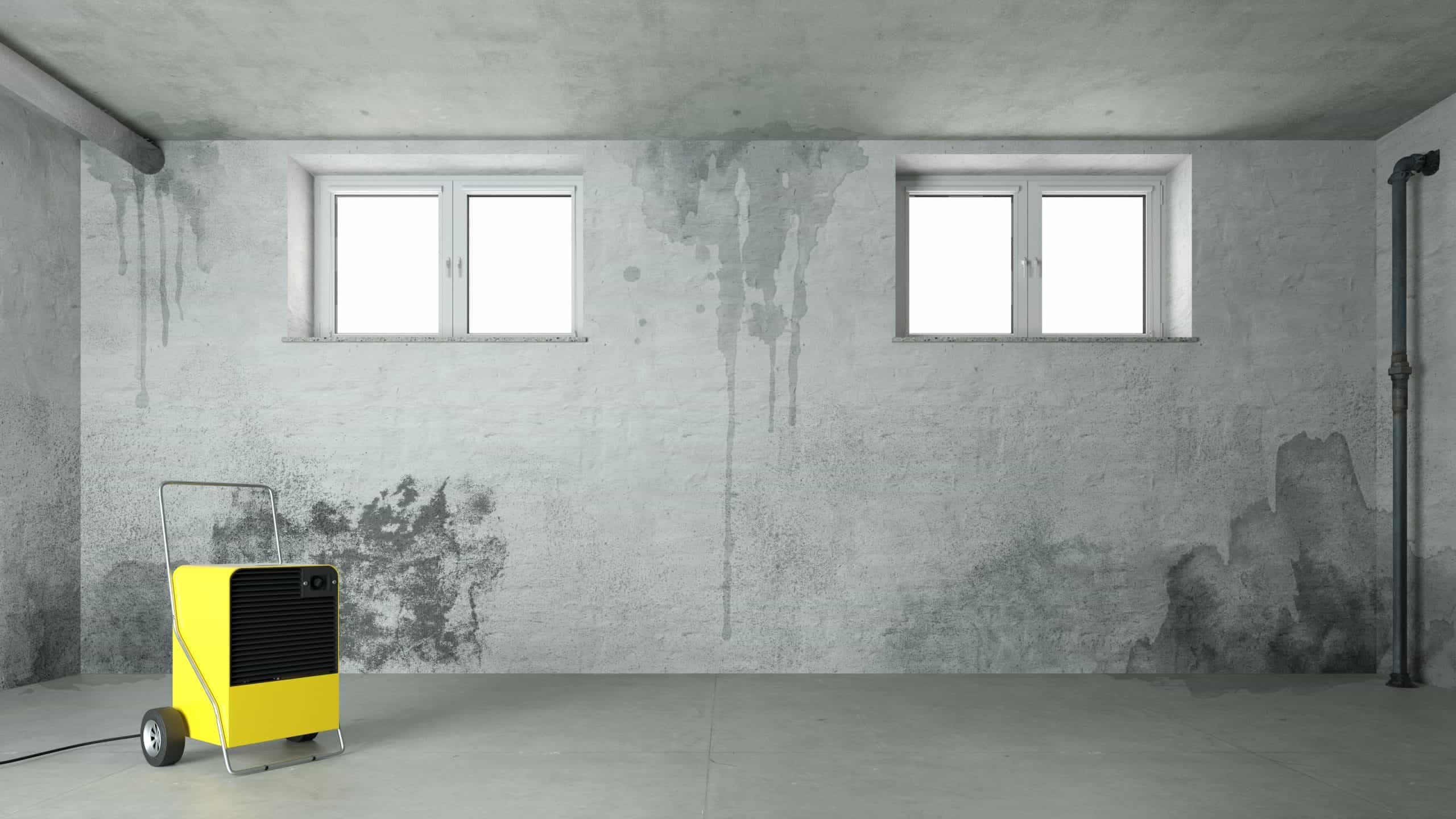
source: upgradedhome.com
Basements tend to collect more humidity than other rooms of the home. Thus, it is an excellent option for overall home climate control. However, if your basement is prone to flooding, a dehumidifier is necessary.
A sturdy unit capable of handling most average-sized home basements costs less. It can sometimes be enough to eliminate dampness, making it a very cost-effective option to protect a basement against moisture damage. A dehumidifier can help you not only dry out your damp basement but can also enhance your overall health, reduce mould growth, and do a variety of other things.
Ensure Your Landscaping Isn’t Damaging Foundation of Your Building
It’s a concern if your landscaping causes water to collect near your foundation. A sloping slope will guide the water away from you. It’s possible that your house was built without this or that the slope has shifted to a less advantageous angle over time.
During heavy rains, keep a watch on your foundation wall. If water isn’t being channelled away properly, fix the grading with simple landscaping. Fill up any holes causing water to flow down into your basement. Another great way to keep moisture out is by surrounding your foundation with small rocks or gravel.
Seal Your Concrete
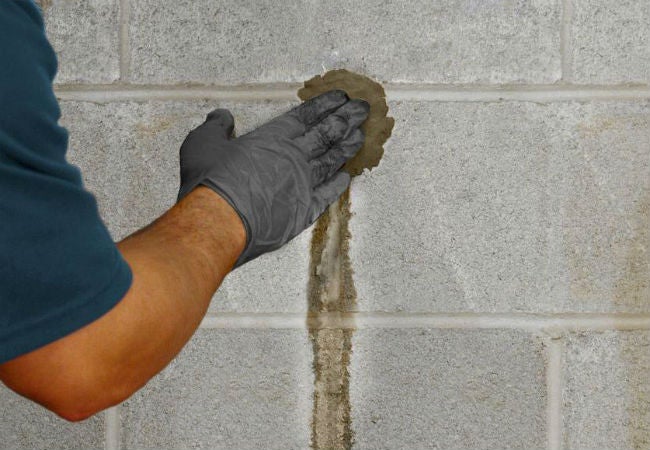
source: pinterest.com
Moisture can slowly seep through your concrete walls if you leave them untreated. Older concrete is especially prone to this. It can also lead to beads of moisture on the wall surfaces or floors. The process is known as condensation. When unchecked, it is a significant cause of mould problems in houses, but you can prevent it by protecting your walls and floor with a concrete paint-and-sealer combination.
Sealants are available in a range of strengths and colours, making it simple to pick the right one for your home. There are many different types of paint for walls and floors, so read the instructions thoroughly before applying anything.
Insulate Cold Water Pipes
You can insulate exposed water pipes in the basement for various reasons. Insulating hot water pipes saves electricity by preventing your water heater from working too hard. Insulating cold water pipes, on the other hand, is a good idea. When the weather is at its lowest, insulation can keep the cold water pipes from freezing.
More importantly, it prevents condensation from accumulating when the humidity is high. The basement is generally the most humid area of your home, and when humidity rises, cold water pipes will “sweat.” Mould colonies thrive in settings with constant moisture in an enclosed, dark location.
To Wrap Up
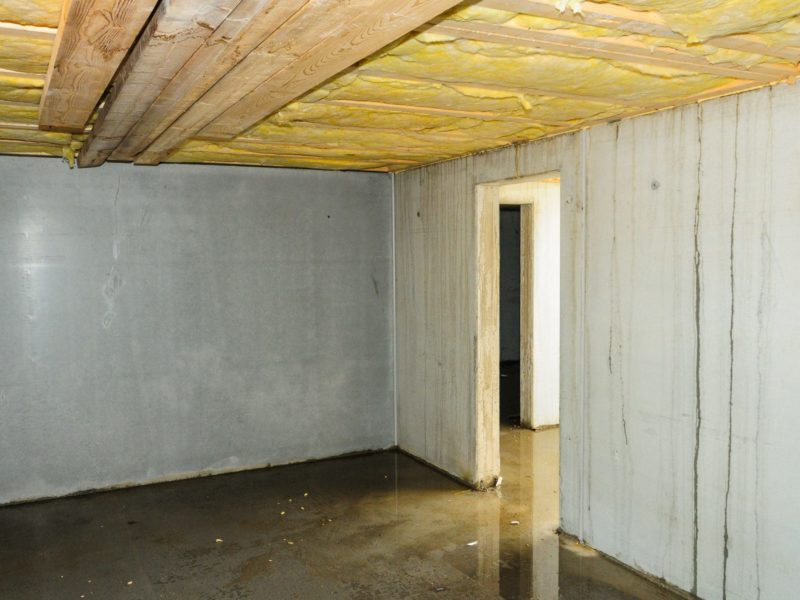
source: moneypit.com
You can avoid a moisture disaster by following these techniques to stop dampness in the basement and keep it dry. Keep an eye out in your basement for any unwelcome dampness. You can keep your home and belongings safe from costly harm. More importantly, make the most of that space by using it as an additional furnished room in your home.

